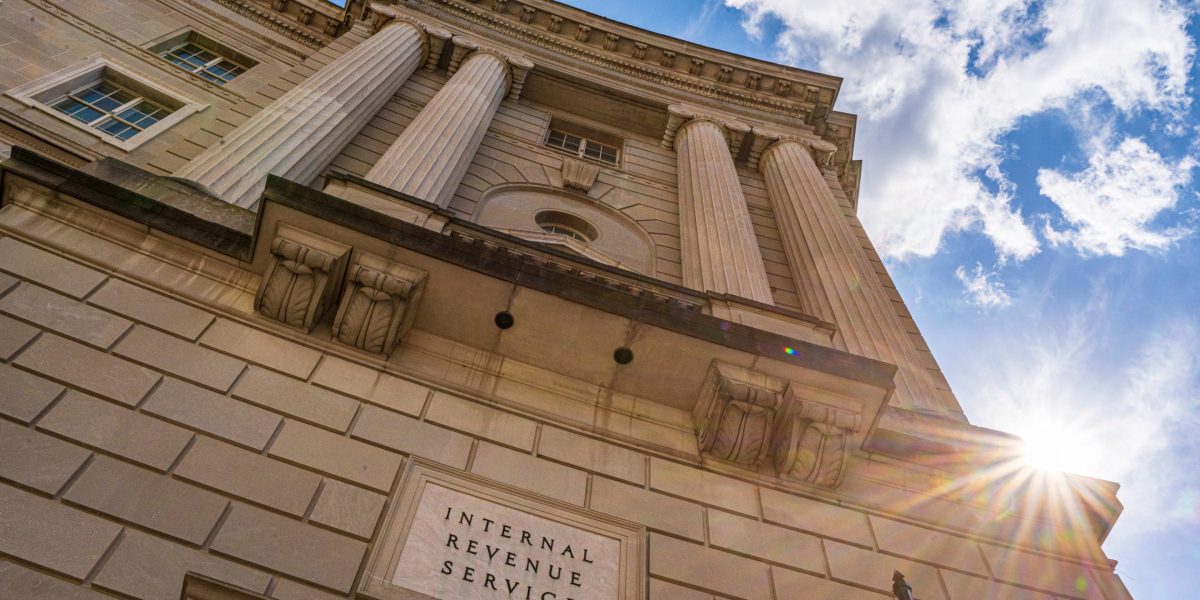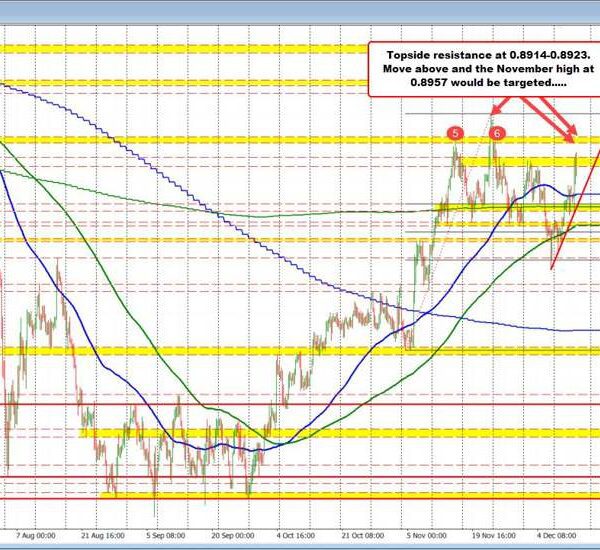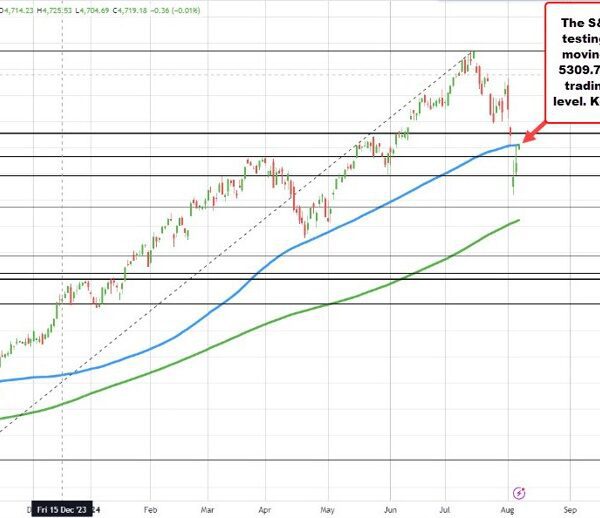

The U.S. government needs more money. In an election year, ideas about how to get it are lobbed back and forth on debate stages. We have former president Donald Trump’s massive tariff proposal on the one hand (and the costs it imposes on everyday Americans), and Vice President Kamala Harris’s ideas around raising taxes. Politics aside, there is another way to generate government revenue that neither candidate is talking about—and it doesn’t cost the average taxpayer anything: stopping tax fraud and recouping the money tax fraudsters have stolen from U.S. coffers.
The IRS’s latest estimate is that there were approximately $688 billion in unpaid taxes in fiscal year 2021 alone. The government anticipates collecting only about $63 billion of that sum. To close this massive gap, the IRS needs the help of insiders who are willing to expose what goes on behind closed doors—and it must be willing to protect them and reward them for doing this public service.
This month, the IRS whistleblower program issued one of its largest awards in history. As experienced whistleblower lawyers who represented one of the whistleblowers in this case, we know that nothing generates new whistleblower tips like blockbuster success stories such as this one.
In this case, as a direct result of new IRS Whistleblower Office Director John Hinman’s efforts to revitalize the program after years of decreasing relevance, three whistleblowers received awards totaling $79.1 million (with 5.7% of the sum being subject to standard sequestration). What is notable about this reward is not just its size–it’s that the whistleblowers received a 30% award, the maximum amount permitted under the program, based on their extraordinary contributions in bringing down a complex tax avoidance scheme that had gone undetected for over a decade. The total award in this case is more than all awards paid in fiscal years 2021 and 2022 combined—and it’s close to the $88.8 million in total awards paid to 121 different whistleblowers in 2023.
Why would the IRS suddenly be forking out this kind of cash? Were it not for these whistleblowers, the government would not have recovered nearly $300 million in unpaid taxes, penalties, and interest. To put that in perspective, that amount of money could pay for the annual salaries of about 5,000 to 7,000 teachers, resurfacing hundreds of miles of highways, or repairing a fair number of bridges.
In that sense, the award is a well-earned finder’s fee. Additionally, these awards function not just as a front-end incentive but also as insurance for the personal and professional risks that whistleblowers face when they make the difficult decision to come forward.
But why now? Because the trajectory at the IRS whistleblower office has changed. Much of that change comes down to the leadership of Director Hinman and his publicly stated objectives to use whistleblower information effectively and to reward them promptly and fairly since he was appointed in 2022.
To that end, the IRS recently took several commendable steps, including consolidating the initial evaluation of tips into the whistleblower office and looking for ways to speed up the award process, making good on its promises to cut red tape and pay successful whistleblowers faster.
The IRS paid this award even as related claims remain unresolved. This process—called “disaggregation”—makes perfect sense. When a fraudster fully pays the IRS and waives any right to challenge that outcome, there is no reason not to pay the whistleblowers who made that recovery possible. But for years, the IRS had refused to pay whistleblowers if there was any chance of any recovery from any other taxpayers still under IRS scrutiny based on the whistleblower’s information. One of Hinman’s foremost priorities was to stop this practice and to comb the IRS databases for ripe award claims. This award is a direct result of those efforts.
The whistleblower office also pioneered a novel—and successful—approach to avoid a prolonged administrative and legal process to resolve potentially competing claims among the three whistleblowers by introducing them to each other, with their consent, so that they could resolve any competition directly.
The whistleblower office’s outside-the-box initiative in this case is proof that their promises are more than just words. It took bold leadership to make this work, and it shows that the IRS is at last understanding that a whistleblower program that works for whistleblowers will also produce the best results for the IRS.
To be sure, significant challenges remain. Tax investigations are notoriously prolonged, and the path to an IRS whistleblower award will remain a long one, even when awards are paid promptly. But at a time when many had begun to doubt whether the IRS cared at all, this outcome is a model for how the IRS whistleblower program should work.
Thanks to the protections and incentives offered through the whistleblower program, three individuals came forward with critical information exposing a difficult-to-detect tax structure. Then, over the course of several years, the government leveraged their expertise and insider information to recover hundreds of millions of dollars.
While this kind of active collaboration between the government and whistleblowers is common under most whistleblower programs, it was almost unheard of at the IRS. This case shows that it works. The IRS’s remit is to ensure full and fair application of the tax laws, and whistleblowers are a hugely useful tool in that quest. It is nearly impossible to hide vast amounts of income without leaving a trace, and by incentivizing those who come across those traces in their everyday jobs, the IRS multiplies the reach of its auditors.
The government is always tasked to do more with less—and whistleblowers offer a uniquely high return on investment. The current leadership at the IRS Whistleblower Office gets that, and this case shows that even a small culture change can generate ripples that will unlock the potential of whistleblowers to help close the tax gap. Whoever becomes the next president should continue to tap this revenue opportunity.
More must-read commentary published by Fortune:
The opinions expressed in Fortune.com commentary pieces are solely the views of their authors and do not necessarily reflect the opinions and beliefs of Fortune.















